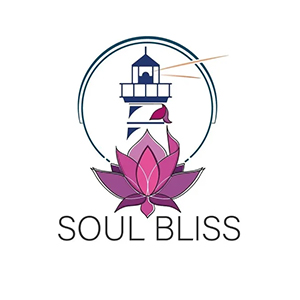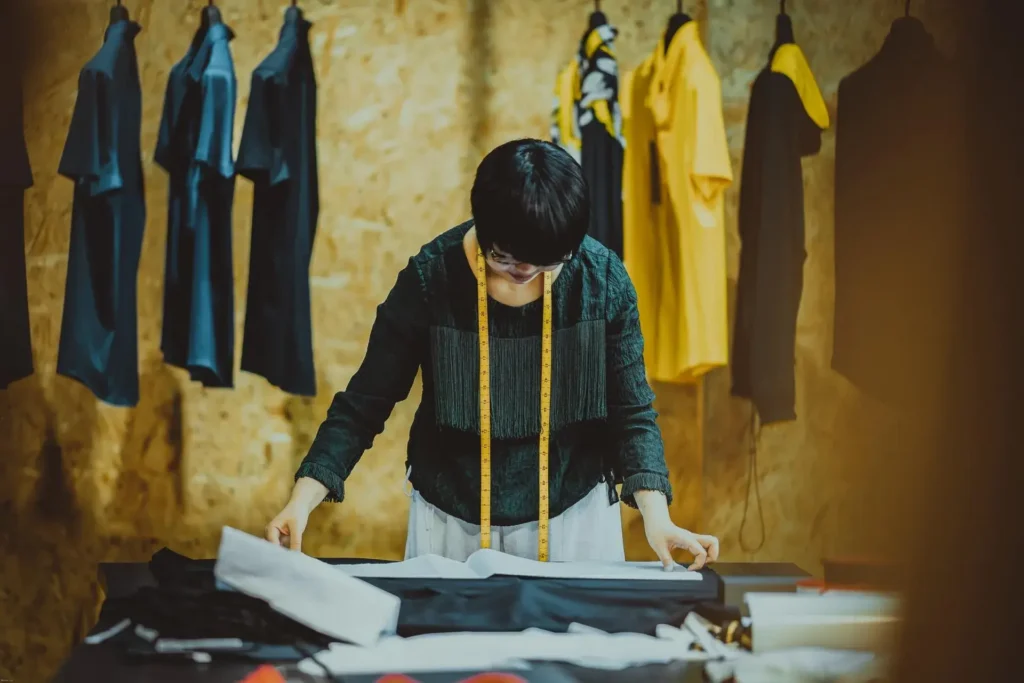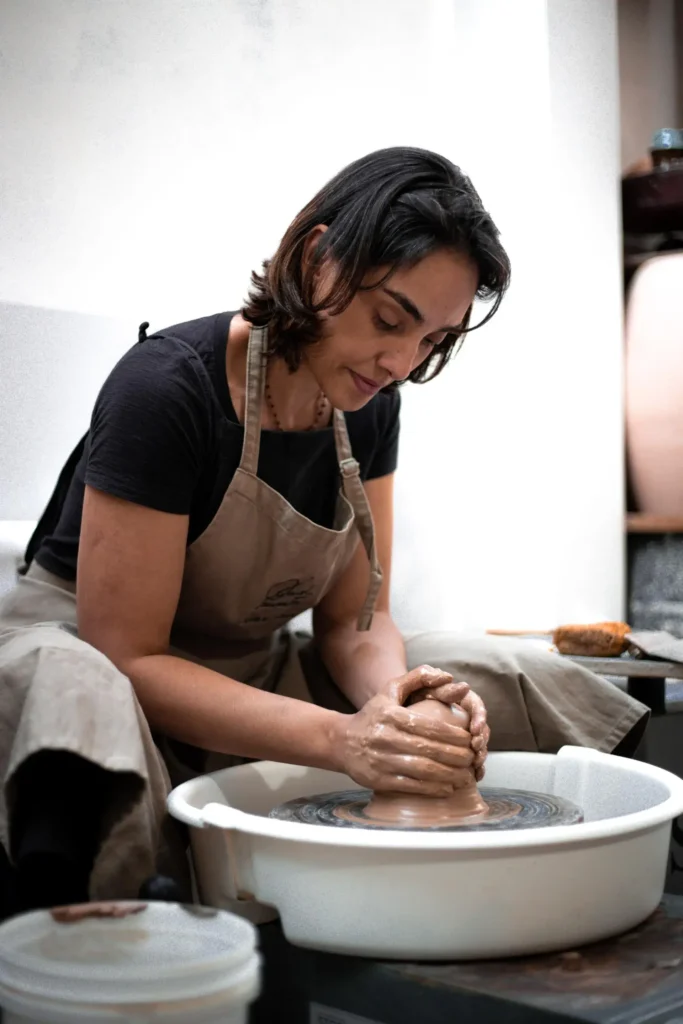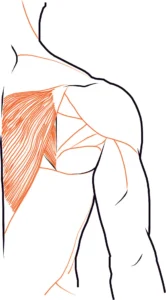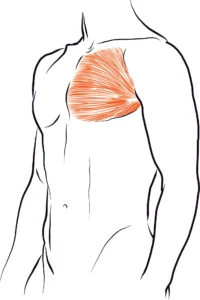Article by Carina Rodrigues Nave, Psychologist Soul Bliss
Anxiety
Anxiety is, in fact, a normal response to the presence of threats, and in some situations it can even be useful, preparing us for action! An optimal level of anxiety can help improve our performance in certain situations. The problem happens when anxiety is felt too often, for no apparent reason, and it starts to interfere too much with our life.
The reasons that make anxiety a problem are countless and can vary from person to person. Problematic anxiety may arise:
➔ After a long or intense period of stress and worry;
➔ As a result of stressful and unpleasant life events (such as the death of a loved one, a serious illness, ending a relationship, etc. others);
➔ As a result of our life experiences and how we learn to deal with them;
➔ After a sequence of negative thoughts, such as “I can’t do this” or “I’m going to pass out” ;
➔ When we lack confidence or self-esteem
➔ After being involved in an accident or threatening experience, which can result in feelings of anxiety the next time we are in similar situations;
➔ After a period of depression where we have lost confidence, although we may feel anxious and depressed at the same time.
There are countless theories, techniques and strategies that help to understand and control anxiety. The benefits of seeking specialized help to deal with other problems are already well known. Anxiety is no exception. If you are experiencing these difficulties, seek help. It is possible to get out of this state of restlessness and constant worry and achieve a healthier, more balanced and happier life.
How to measure?

Did you know you can measure your anxiety? Yes it is true!
Anxiety is usually accompanied by a wide range of symptoms (physical and emotional) that help us identify what we are experiencing at the moment. By identifying the frequency and intensity of each of these symptoms, you can measure whether you are feeling anxious.
Answer the following questions, according to this scale, considering how often you have felt each of the symptoms described below, over the last week:
0 = never
1 = occasionally
2 = often
3 = almost always
Ask yourself the questions below, thinking about how often you have felt this in the last week:
-
- Dumbness or tingling,
-
- Feeling hot
-
- Tremors in the legs
-
- Inability to relax or relax,
-
- Fear or fear that the worst could happen,
-
- Vertigo or dizziness,
-
- Tachycardia,
-
- Feeling unstable or inconstant
-
- Feeling terrified,
-
- Feeling nervous
-
- Feeling suffocated
-
- Tremor in the hands,
-
- Feeling insecure or shaky
-
- Feeling afraid of losing control
-
- Experience difficulty breathing
-
- Fear of dying
-
- Feeling scared
-
- Indigestion or abdominal discomfort,
-
- Feeling faint or fainting
-
- Feel your face flushed
-
- Sweating (not due to heat).
Give each answer its corresponding score. At the end, add everything up and check your total score. If you get a score above 20 points, consider that you are experiencing moderate to severe anxiety symptoms. In this situation, consider seeking professional help.
You don’t need to learn to live with this discomfort! You can look for someone to help you learn to overcome it and regain control over yourself, your emotions and your life.
If you liked this article, share it with anyone who could benefit from this information or leave us a message.
